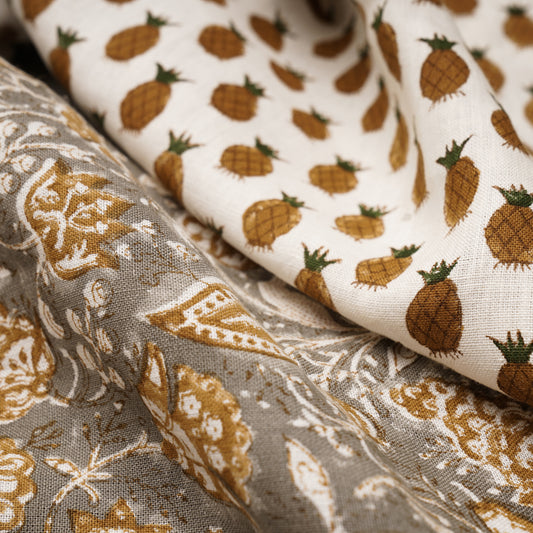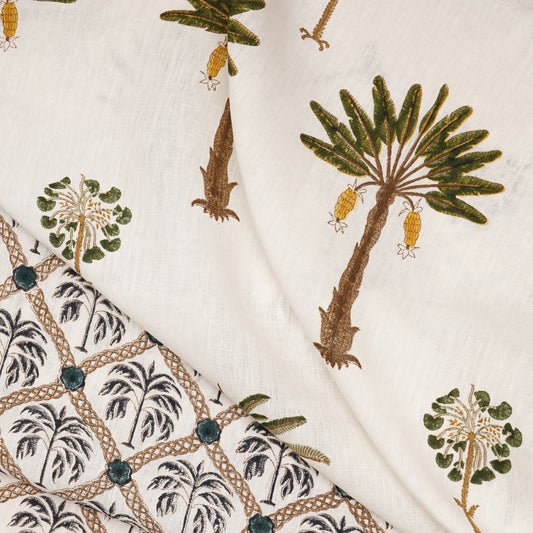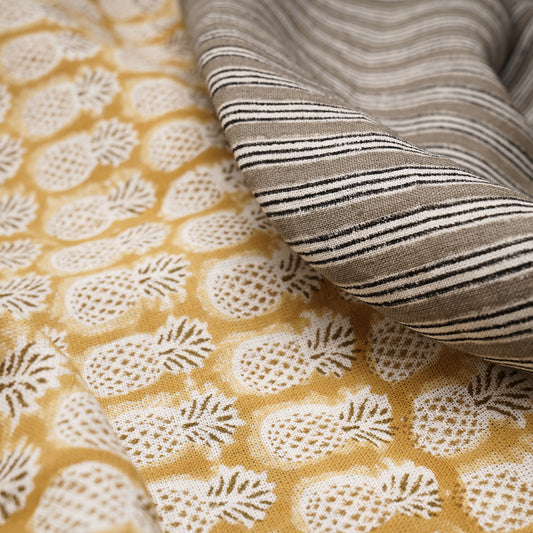As the world becomes more environmentally conscious, sustainable interior design has gained significant momentum. The idea behind creating an eco-friendly home is to use materials, furnishings, and design practices that minimize environmental impact while maximizing comfort and aesthetics. Sustainable interior design not only benefits the planet but also creates healthier living spaces. Here’s a guide to designing an eco-friendly home with sustainable materials, from hand-printed textiles to custom, eco-friendly furnishings.
1. Use of Sustainable Materials
Sustainable materials are at the core of eco-friendly interior design. Look for materials that are renewable, recycled, or responsibly sourced. For instance, bamboo, cork, and reclaimed wood are popular choices due to their renewability and minimal environmental impact. These materials can be used for flooring, furniture, and even decorative elements. Opt for non-toxic, natural paints and finishes that reduce indoor air pollution, ensuring a healthier environment.
2. Hand-Printed Textiles
Hand-printed textiles are an excellent way to bring sustainability into your home. Unlike mass-produced fabrics, hand-printed textiles often use natural dyes and eco-friendly production processes. These textiles can be used for everything from curtains and pillows to upholstery. They add a personalized, artisanal touch to your interior design while supporting sustainable practices. Moreover, choosing textiles made from organic fibers like cotton, hemp, or linen helps reduce the carbon footprint of your home.
3. Eco-Friendly Furnishings
When it comes to furnishing your home sustainably, custom-made, eco-friendly furniture is an ideal choice. Instead of mass-produced, fast-furniture options, look for companies that specialize in using sustainable wood, natural fibers, and recyclable materials. Furniture made from reclaimed wood, for example, not only reduces waste but also adds a unique, rustic charm to your home. Additionally, consider furniture that is designed to be long-lasting and durable, reducing the need for frequent replacements.
4. Energy-Efficient Lighting
Lighting is a significant aspect of sustainable interior design. Switch to energy-efficient lighting solutions like LED bulbs or fixtures with dimmers, which consume less energy and last longer than traditional incandescent bulbs. Whenever possible, maximize natural light by using large windows, skylights, or light-colored walls that reflect sunlight. This reduces the need for artificial lighting during the day and lowers your energy consumption.
5. Upcycling and Repurposing
Upcycling and repurposing old furniture and materials are key practices in sustainable interior design. Instead of discarding old pieces, consider how they can be given new life with a fresh coat of eco-friendly paint or by repurposing them for a different function. For instance, an old wooden door can be turned into a headboard, or vintage cabinets can be transformed into stylish storage units. This not only reduces waste but also adds character and individuality to your home.
6. Indoor Plants and Green Spaces
Bringing nature indoors is another way to enhance sustainability in your home. Indoor plants not only purify the air but also create a calming and eco-friendly environment. Choose low-maintenance plants like succulents, ferns, or snake plants that require minimal water and care. Vertical gardens and potted herbs in the kitchen can further enhance the sustainability factor, providing both beauty and functionality.
7. Sustainable Window Treatments
Opting for eco-friendly window treatments is a smart way to make your home more sustainable. Choose curtains, shades, or blinds made from organic or recycled materials like bamboo, linen, or cotton. Sustainable window treatments can also improve energy efficiency by providing insulation, keeping your home cooler in the summer and warmer in the winter, which reduces the need for heating and cooling systems.
8. Local Sourcing
Supporting local artisans and manufacturers is a key principle of sustainable interior design. Locally sourced products reduce transportation emissions and often adhere to more sustainable production methods. From handcrafted furniture to locally made ceramics, sourcing your décor from local producers helps create a green home while supporting the local economy.




